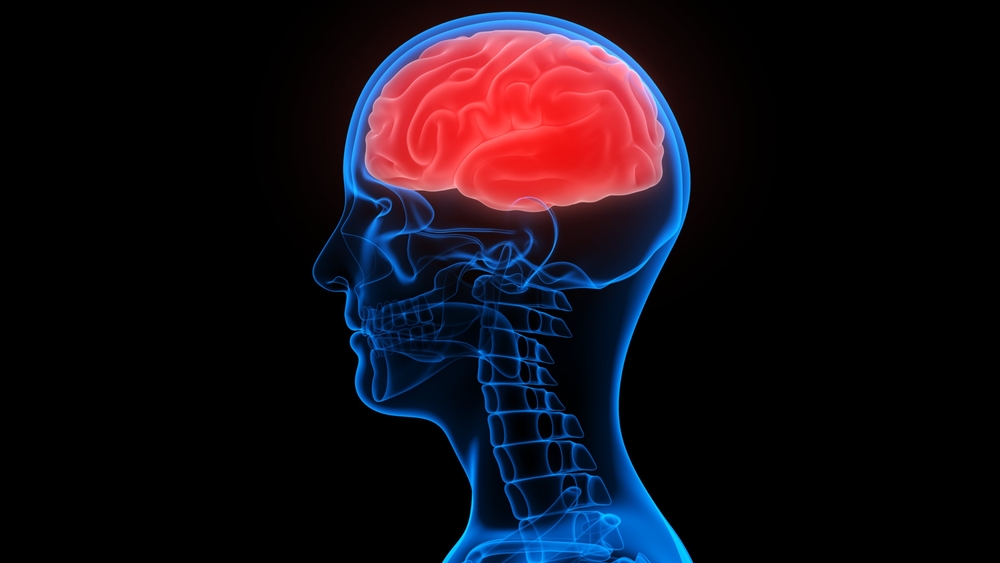
Researchers from theUniversity of Maryland School of Medicine (UMSOM) and the University of Maryland A. James Clark School of Engineering have developed a new military vehicle shock absorbing device that may protect troops from traumatic brain injury (TBI) after a land mine blast. Over the past 18 years of conflicts in Iraq and Afghanistan, more than 250,000 troops have suffered such injuries.
The research, conducted jointly by Gary Fiskum, PhD, M. Jane Matjasko Professor for Research and Vice-Chair, Department of Anesthesiology at UMSOM, and William Fourney, PhD, Associate Dean of the Clark School, Keystone Professor of Aerospace and Mechanical Engineering and Director of the Dynamic Effects Laboratory, is supported by the University of Maryland Strategic Partnership: MPowering the State, a collaboration between the University of Maryland, Baltimore (UMB) and the University of Maryland, College Park (UMCP).
New approach to study of blast-induced TBI
Prior to this study, most research in this area focused on the effects of rapid changes in barometric pressure, also known as overpressure. “This is the only research so far to model the effects of under-vehicle blasts on the occupants,” said Dr. Fiskum. “We have produced new insights into the causes of TBI experienced by vehicle occupants, even in the absence of significant pressure changes.” The research has led to the development of materials and vehicle frame design that greatly reduce injury caused by under-vehicle explosions.
Dr. Fiskum and Dr. Fourney were the first to demonstrate how the enormous acceleration (G-force) that occupants of vehicles experience during under-vehicle blasts can cause mild to moderate TBI even under conditions where other vital organs are unscathed.
“Intense acceleration can destroy synapses, damage nerve fibers, stimulate neuroinflammation, and damage the brain’s blood vessels,” said Dr. Fiskum. The researchers also elucidated the molecular mechanisms responsible for this form of TBI.
The findings are described in articles published in the Journal of Trauma and Acute Care Surgery, with Julie Proctor, MS, UMSOM lab manager, as primary author, and in Experimental Neurology, with Flaubert Tchantchou, PhD, UMSOM research associate, as primary author, and in the Journal of Neurotrauma, with Rao Gullapalli, PhD, UMSOM professor of diagnostic radiology, as senior author.
Mitigating G-force experienced by vehicle occupants
Dr. Fourney, Ulrich Leiste, PhD, assistant research engineer in the Clark School’s Department of Aerospace Engineering, and doctoral researcher Jarrod Bonsmann, PhD, developed highly advanced shock absorber designs that incorporate polyurea-coated tubes and other structures to reduce the blast acceleration experienced by vehicle occupants by up to 80 percent.
“Essentially, it spreads out the application of force,” Dr. Fourney said. “Polyurea is compressible and rebounds following compression, resulting in an excellent ability to decrease the acceleration.”
These results were combined with those of Dr. Tchantchou, who demonstrated that mitigation of g-force by the elastic frame designs virtually eliminates the behavioral alterations in lab rats and loss of neuronal connections observed using small scale vehicles with fixed frames, as published in the Journal of Neurotrauma.
Peter Rock, MD, MBA, Martin Helrich Chair of the Department of Anesthesiology, noted, “The research team has addressed an important clinical problem by identifying a novel mechanism to explain TBI, engineered a solution to the problem, and convincingly demonstrated improvements in morphology and behavior. This work has important implications for improving outcomes in military blast-induced TBI and might be applicable to causes of civilian TBI, such as car crashes.”
Continued collaboration between the labs of Drs. Fiskum and Fourney has the potential to lead to the next generation of armor-protected military vehicles that will further protect occupants. An important next step will be testing a larger scale model. “If the data holds up for those, it will hold true for full scale,” Dr. Fiskum said.
Project development funding
As part of MPowering the State, initial funding was provided by a 2009 UMB – UMCP collaborative seed grant awarded to Drs. Fiskum and Fourney. In 2013, the two were awarded a $1.5 million contract by the US Army to support their research using small-scale models of under-vehicle explosions. An additional grant of $2.6 million was awarded by the US Air Force, demonstrating that increasing the cabin pressure in airplanes during air-evacuation of trauma patients to a level greater than what is currently used improves outcomes following exposure of rats to TBI caused by under-vehicle explosions, as published in the Journal of Trauma and Acute Care Surgery.
“Given the complexities of today’s global health challenges, innovative discoveries are increasingly coming from the collaboration between disciplines, such as medicine and engineering,” said E. Albert Reece, MD, PhD, MBA, Executive Vice President for Medical Affairs, UM Baltimore, and the John Z. and Akiko K. Bowers Distinguished Professor and Dean, University of Maryland School of Medicine. “We are proud that the School of Medicine is working in partnership with other entities across the University System of Maryland, so that we can maximize the impact we are having.”




